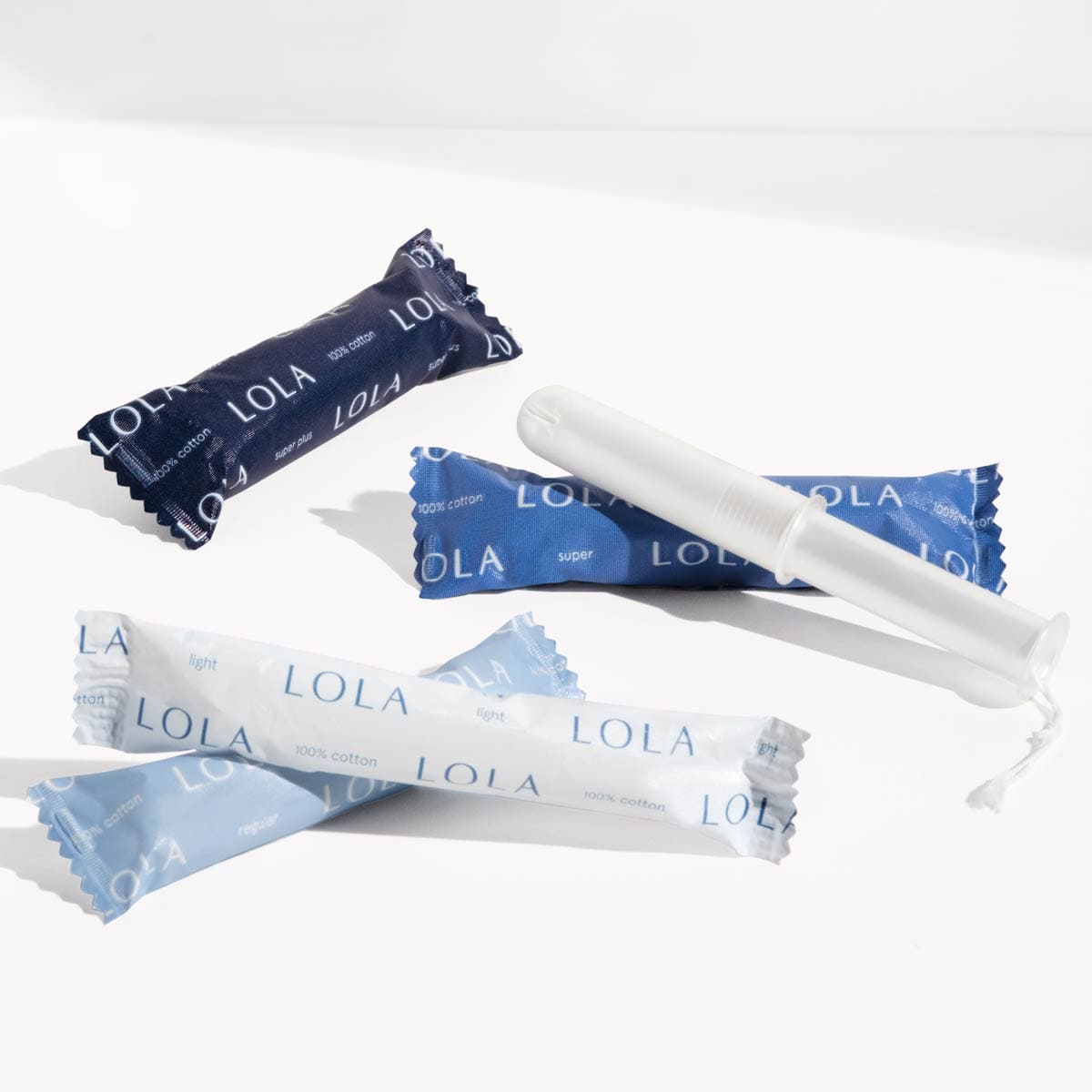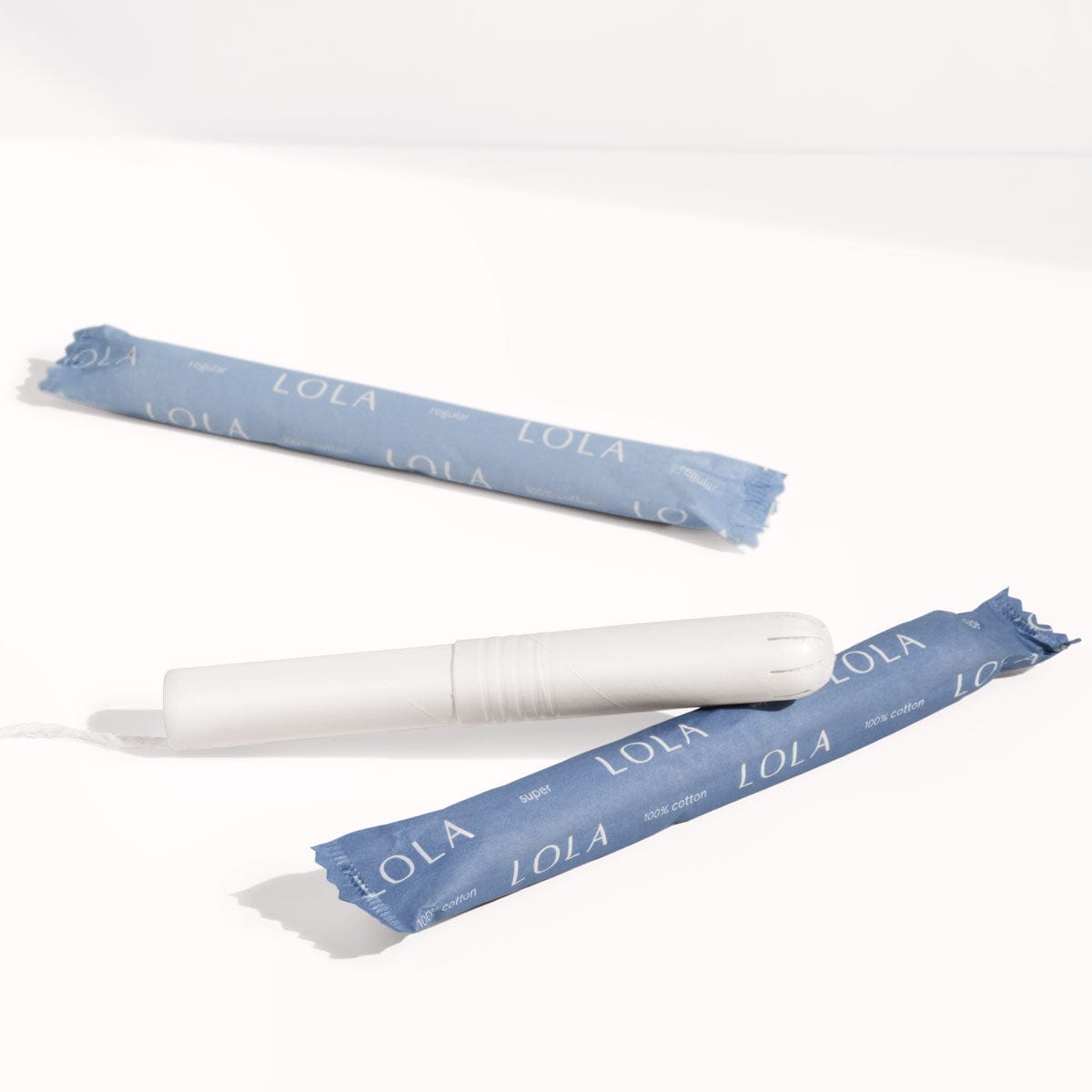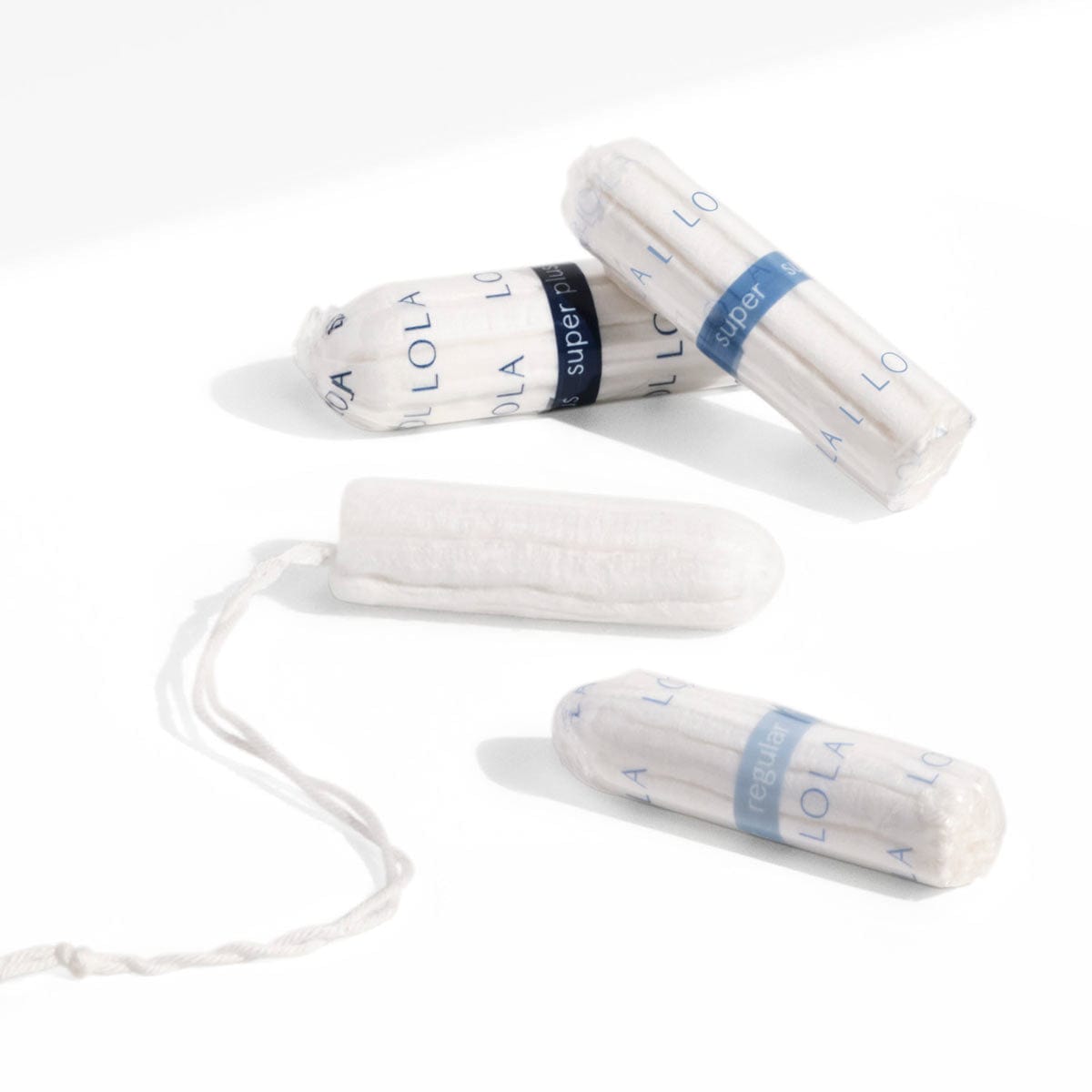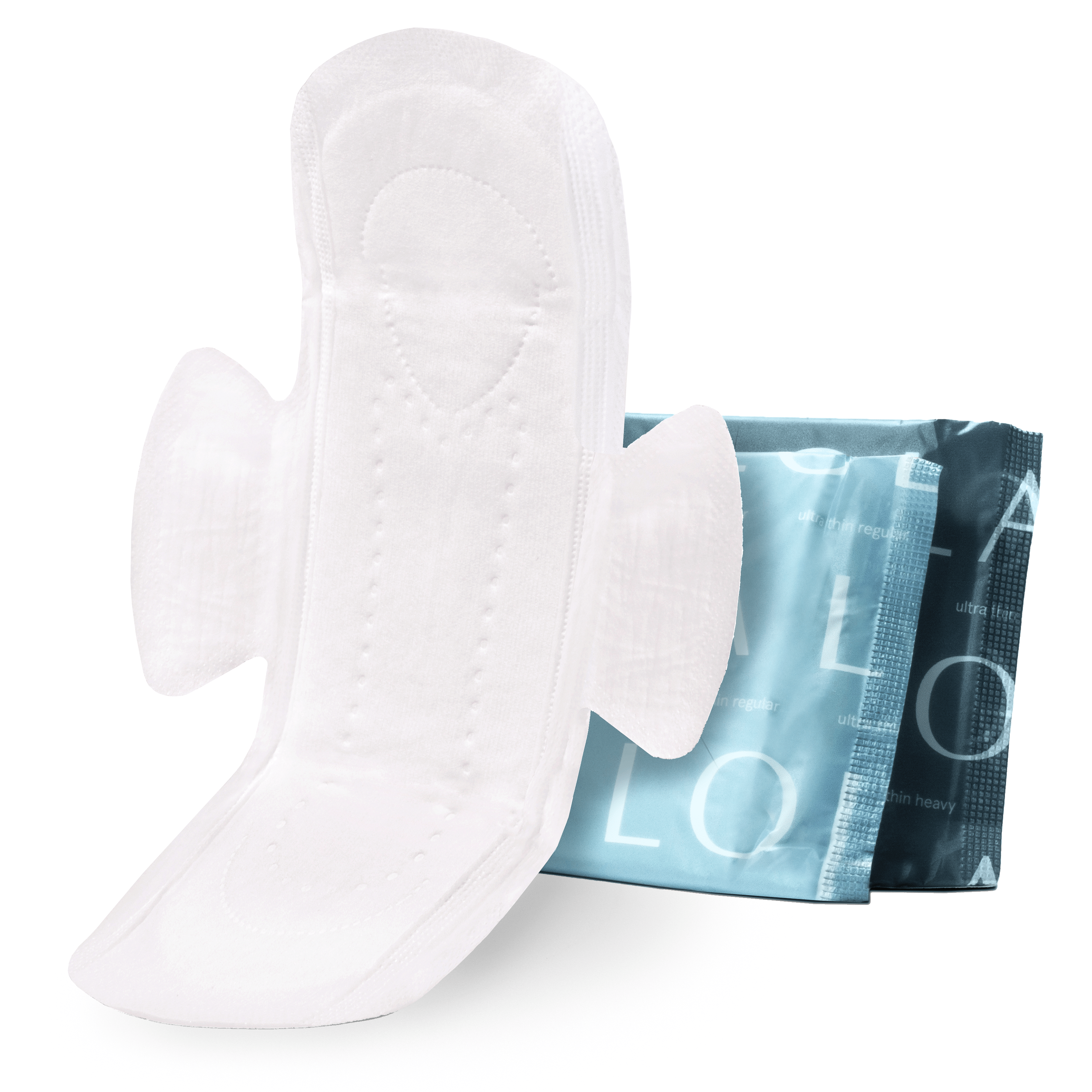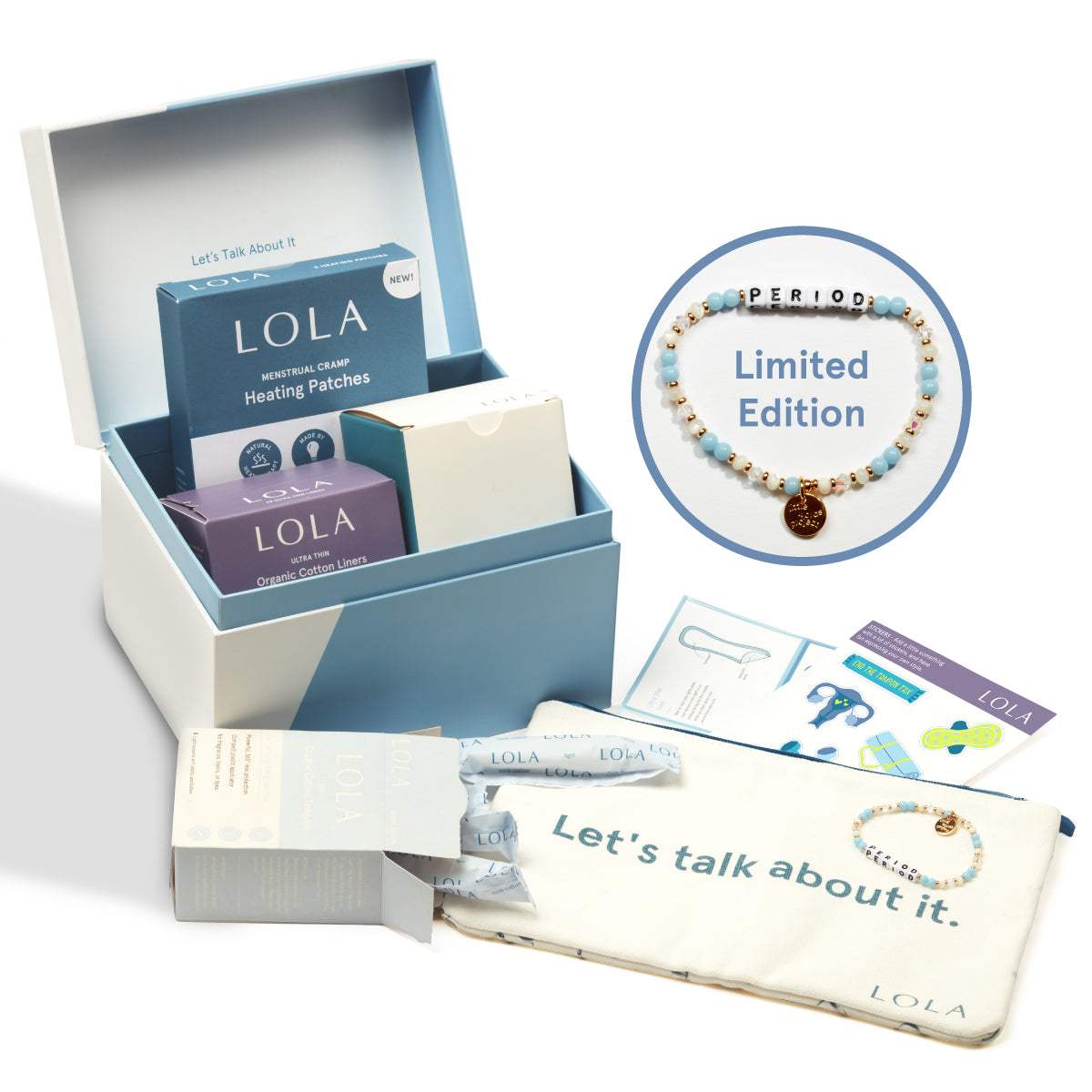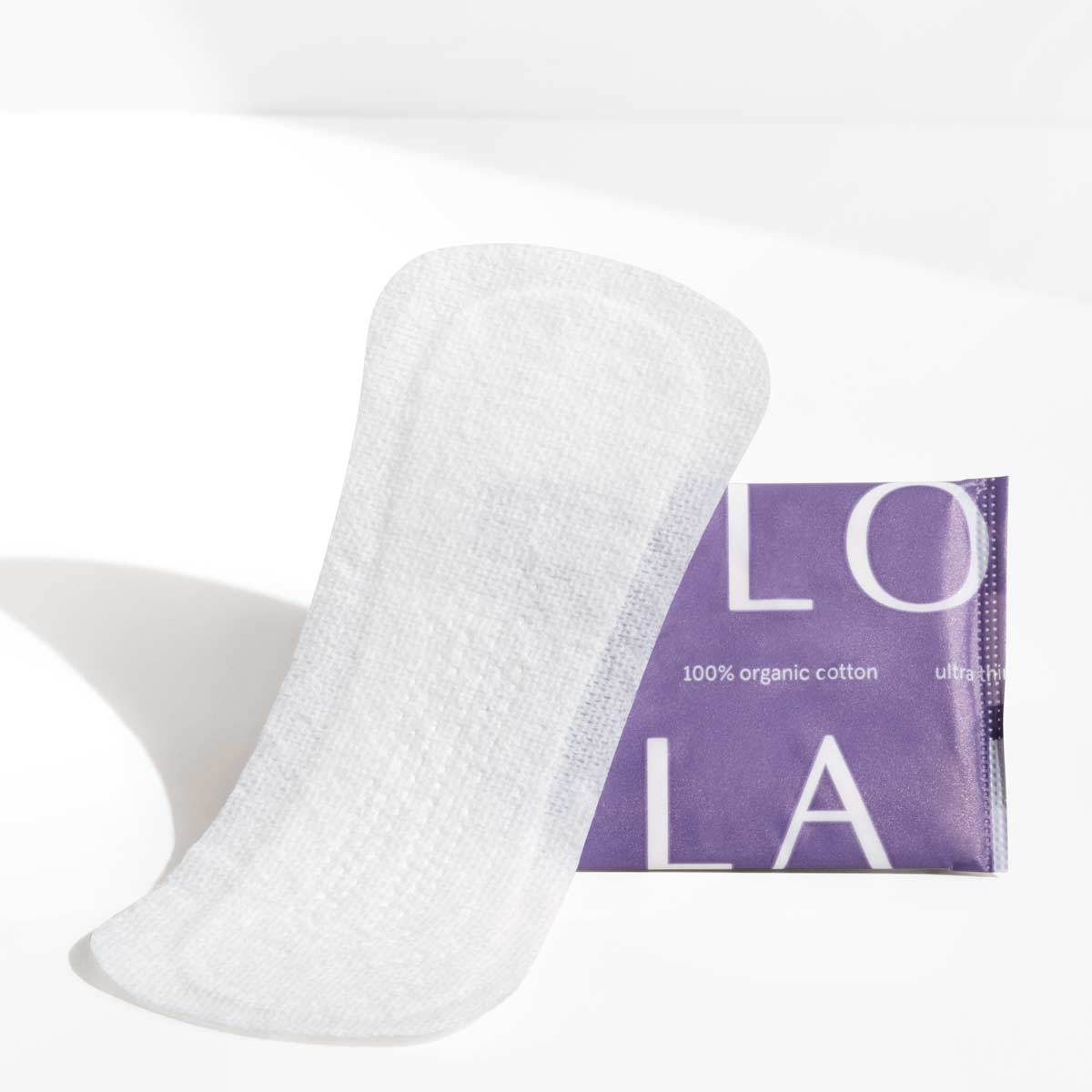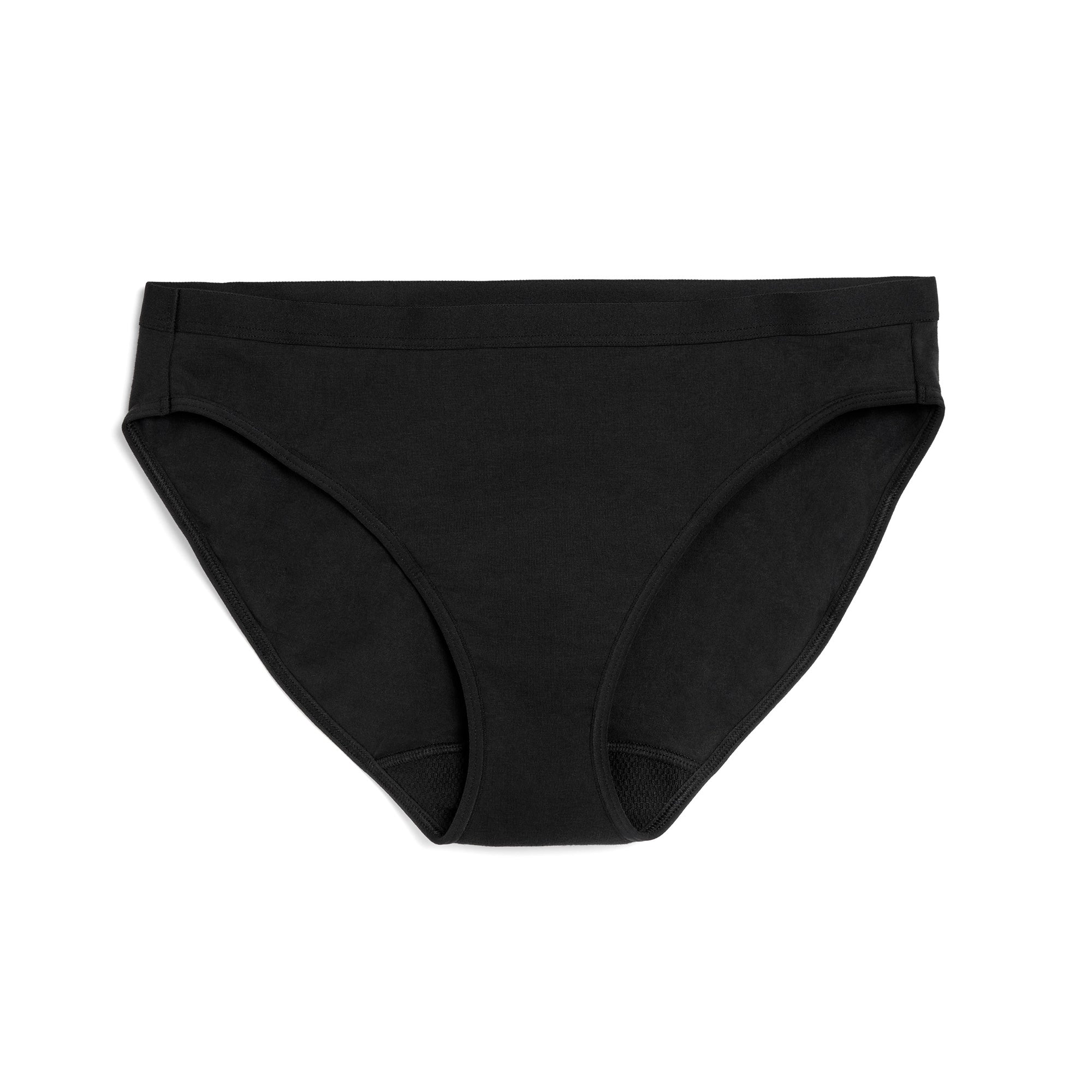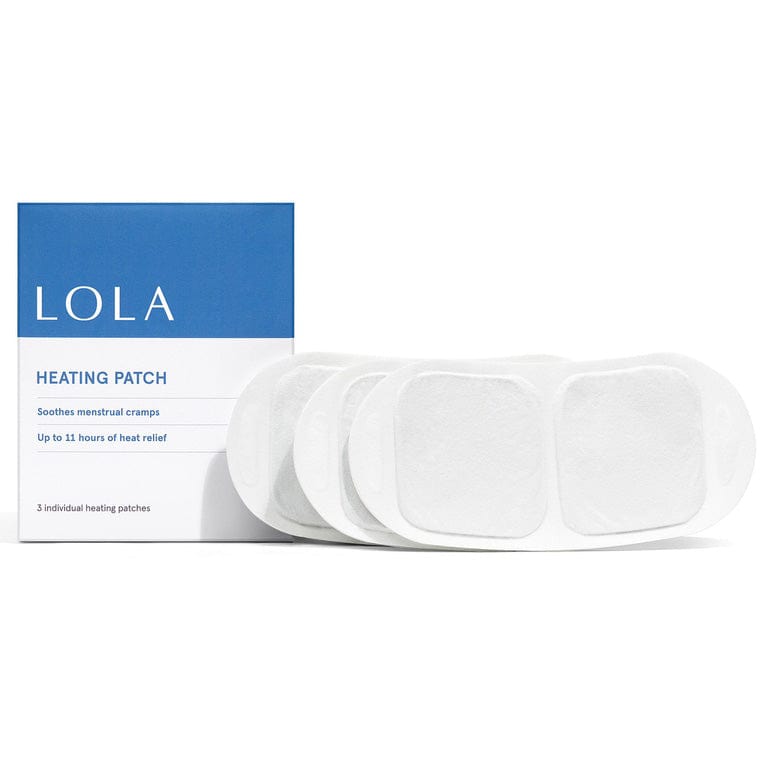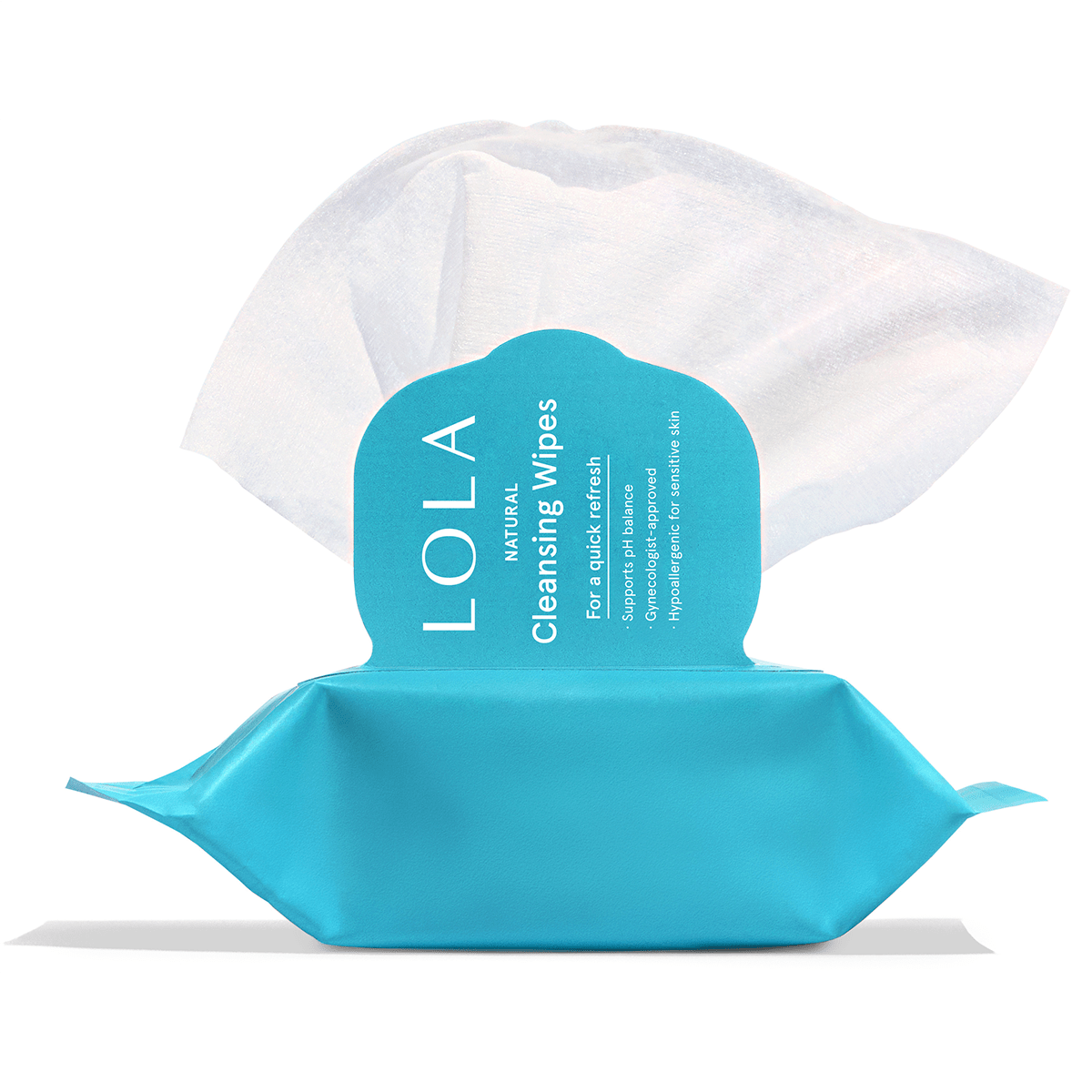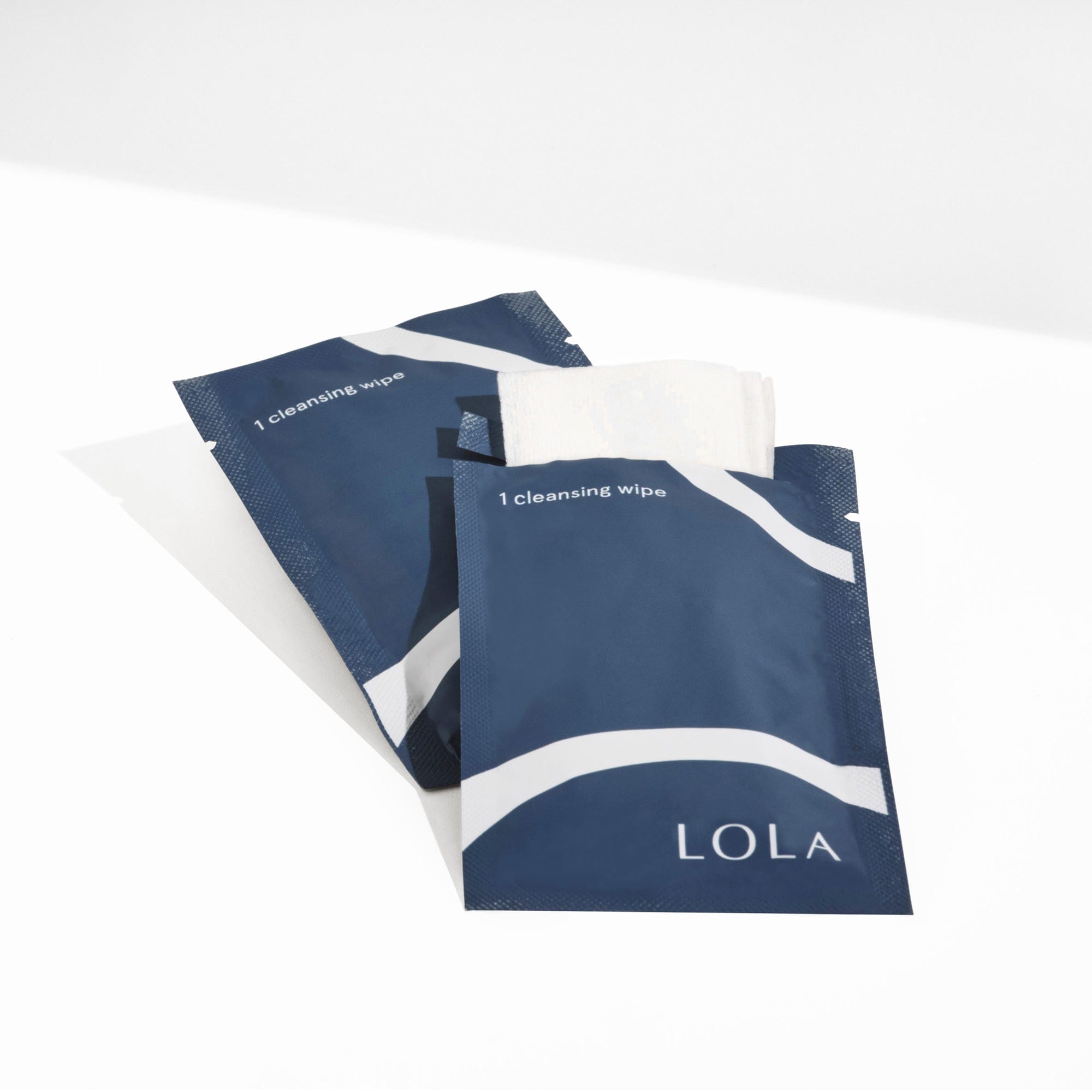A study led by UC Berkeley published in early July identified that tampons from several unnamed brands contained toxic metals. Thanks for your patience as we worked with our manufacturer to validate that LOLA tampons do not include metals in harmful amounts in accordance with OEKO-TEX® STANDARD 100 and GOTS (Global Organic Textile Standard).
Our manufacturer conducts thorough chemical analyses on each raw material, focusing on potential contaminants such as heavy metals. Their toxicologists have demonstrated that the trace levels of chemicals found do not pose any health risks. Each raw material that comes into direct contact with the skin is also regularly subjected to biocompatibility testing, focusing on cytotoxicity, sensitization, and skin irritation, ensuring LOLA's products are safe for prolonged use on sensitive skin.
As an extra precaution, we completed another layer of third-party testing through SGS, the world's most recognized testing, inspection, and certification company, for additional peace of mind and even more granular information. We are pleased to share that the results are in, and lead, cadmium, arsenic, mercury, antimony, and additional metals were not detected in any of LOLA’s tampons, pads, or liners. We’ll continue to commission this extra layer of testing every six months.
Absolutely NO metal compounds are added to LOLA tampons. (These are compounds, such as inorganic materials, that some brands add to enhance product characteristics such as antimicrobial properties, odor control, or lubrication).
LOLA was founded on the principles of clean, safe ingredients and full transparency about those ingredients. Nine years ago, our founders discovered that all tampons on the market at the time contained chemicals and vowed to create a better option. We know exactly how scary this can feel, and our commitment to providing non-toxic products is stronger than ever.
More From LOLA Expert & Women's Health Expert, Dr. Navia Mysore, MD
"Many products we use on a daily basis contain trace amounts of various chemicals and metals. What is important is for brands to be transparent about this and to provide consumers with as much information as possible so they can make informed decisions about the products they use."
Considerations to keep in mind when shopping for safe tampons
"I recommend to my patients that they avoid buying tampons with fragrance, colorants, or plastic materials like polyester, polypropylene, or polyethylene. Ideally, one would look for tampons that are 100% cotton and list fewer overall ingredients."
"I recommend washing hands before and after tampon insertion and removal to reduce the risk of bacterial spread and to avoid using tampons at night. I also recommend changing tampons every 4-6 hours, and to make sure they do not have a tampon inserted for longer than 8 hours to reduce the risk of toxic shock syndrome."
